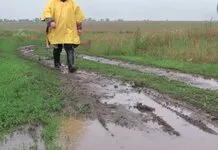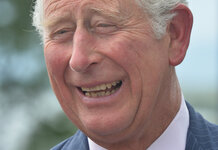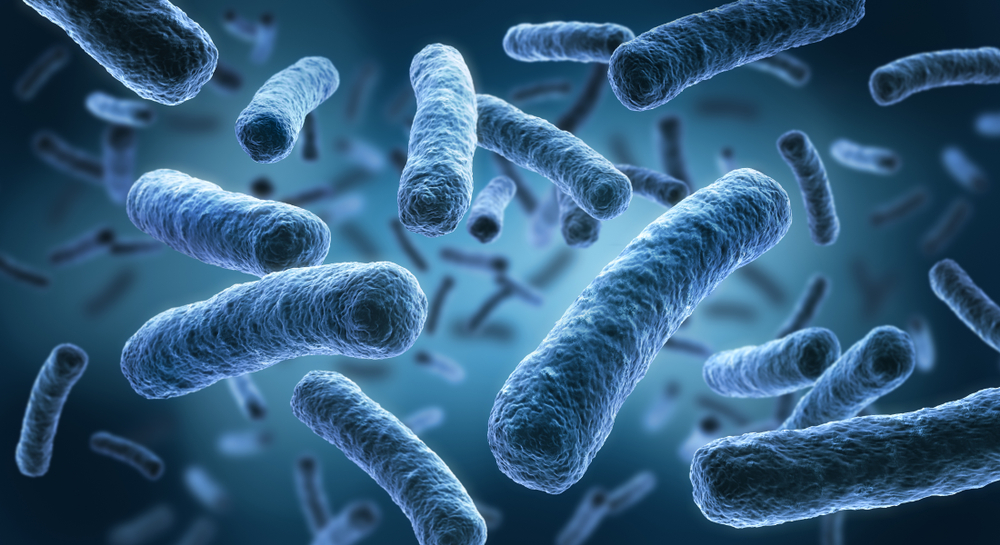Prince Harry and Meghan Markle have announced they’ve chosen to symbolise their love with poisonous flowers.
Digitalis or, Foxgloves as they’re more commonly known will be part of Harry and Meghan’s spring themed wedding.
Dr Frederick Seddon of Rochdale College said, “It’s an excellent choice. Digitalis was used in the middle ages for trials by ordeal. During the wedding it will symbolise the ordeal Meghan endured when she met Prince Philip.”
“It’s perfect for a wedding as it can cause nausea, vomiting and diarrhoea if ingested. In some people it can cause colourful hallucinations. Van Gogh’s yellow period is often put down to digitalis therapy.”
It’s understood that neither Harry or Meghan were aware of the toxicity of their choice of flower. Meghan said, “When I see Harry my heart quickens. It’s quite funny really as ingesting Foxgloves can cause Brachycardia or Tachycardia.”
Prince Harry is said to have nervously laughed after it was pointed out that digitalis was used by Marie Alexandrine Becker to kill her husband.
It’s understood that Prince Charles approves of the Foxglove. He told a valet, “It’s great because mummy has already said she’s going to have the spinach and rocket salad. I could be King by July.”
There are other attractions as well. Vets report that several household pets die each year from ingesting digitalis in their owners garden. One servant said,
“One of the Corgi’s, Chester, defecated into Harry’s shoe a few months ago. He’s been looking to get even ever since.”
A Royal commentator said, “It’ll be like an Agatha Christie themed wedding. A bunch of people in an old house. All are connected by the host but don’t know each other directly.
There’ll be young, glamorous people, old people, a pilot, American’s, a vicar, police and a family with loads of secrets and a dark past. Then they’ll start dropping dead and Miss Marple will have to work out who the killer is.”


































